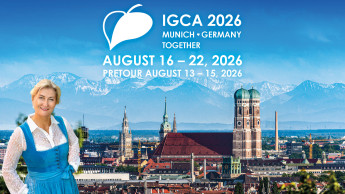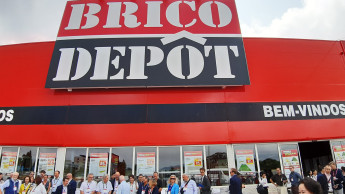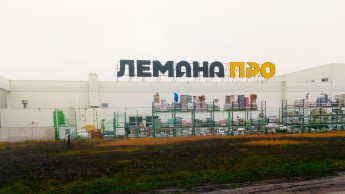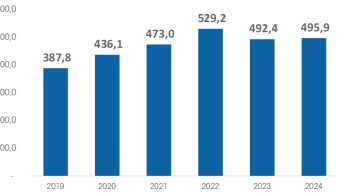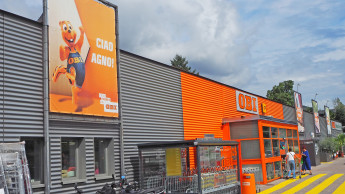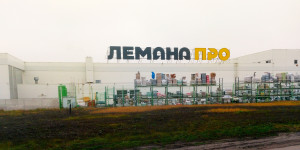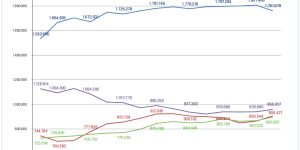In the countries surveyed, the market researchers identified nearly 500 shopping centres with a commercial space in excess of 5 000 m² at the end of 2005. If only the regional shopping centres (in excess of 15 000 m²) are taken into account, there were already around 200 such centres in existence at the end of 2005. This reveals an extremely impressive level of development, considering that the trend didn't even start until 1995.
Download: Shopping centres in the emerging countries of central Europe (PDF document)
The area density, or shopping centre floorspace in relation to the population, is a significant indicator of the existing centre structure as well as a point of reference for the competitive situation in a given country. A comparatively high area density exists in Slovenia (360.3 m²/1 000 pop.), followed by the Czech Republic (181.0 m²/1 000 pop.) and Hungary (156.2 m²/1 000 pop.). The area density is lower in Slovakia (104.5 m²/1 000 pop.) and in Poland (103.7 m²/1 000 pop.).
Definite shopping centre agglomerations exist in the capital cities of Prague, Budapest, Warsaw and Bratislava. The significance of the shopping centres in regions such as the east of Poland, in Slovakia and Hungary, is comparatively minor. This considerable spread of shopping centre space is also revealed in an analysis by region (NUTS-2, following the European Union's area classification).
Download: Top management companies (PDF document)
Retail outlets are predominant in the centres, where they account for around 78 per cent of the space. Service companies are second at around 11 per cent, followed by catering firms at around 9 per cent.
If shopping centres in the countries surveyed are differentiated by location, the most important locational category proves to be on the outskirts of towns. This tendency towards locating shopping centres on the outskirts of towns is even more pronounced in Poland (39 per cent) and Slovenia (47 per cent). Second place in terms of location is taken by suburban sites at around 29 per cent, closely followed by town-centre locations at around 28 per cent. "Greenfield" sites are of relatively little importance.

 Menü
Menü







